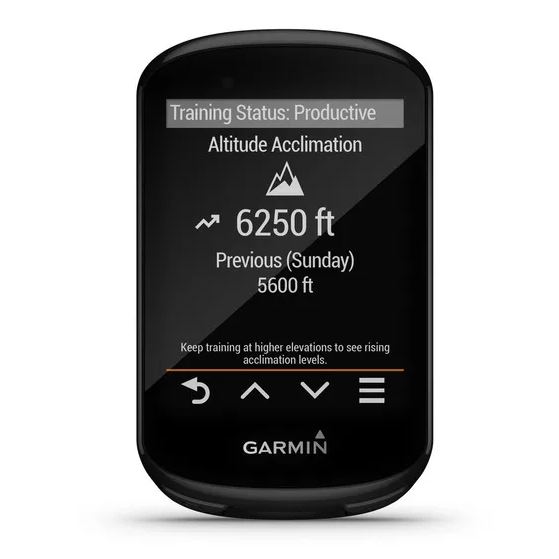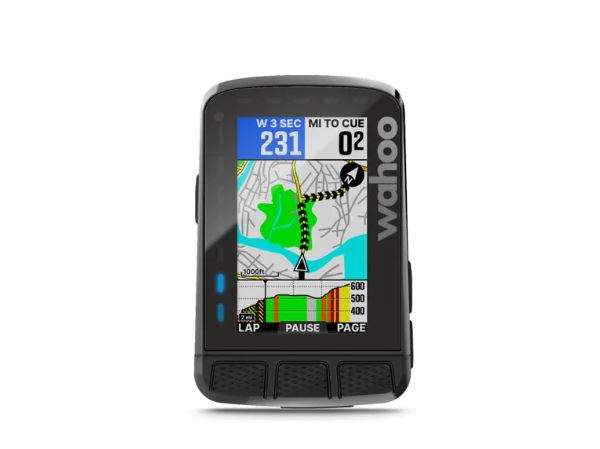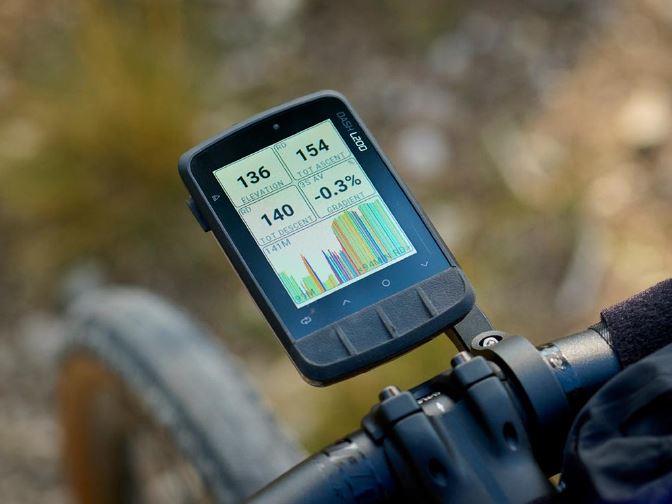Introduction to GPS Bike Computers: Navigation at Your Fingertips

Key Point Summary of Introduction to GPS Bike Computers:
- GPS Bike Computers Enhance Cycling Experience: They provide real-time data, navigation, and connectivity features that help cyclists track performance, follow routes, and analyze rides.
- Navigation at Your Fingertips: Offering everything from basic breadcrumb trails to advanced turn-by-turn navigation with detailed maps.
- Training and Performance Tracking: Track vital cycling metrics such as speed, distance, elevation, and more sophisticated data like heart rate, cadence, and power output.
- Connectivity for a Connected Experience: Sync with other devices and platforms for data sharing, live tracking, and social features.
As a seasoned cyclist who has delved deep into the realms of mountain biking, gravel riding, and cyclocross, I’ve witnessed firsthand the transformative power of technology in cycling. Among the various innovations that have enriched our sport, GPS bike computers stand out as a cornerstone of modern cycling tech. These nifty devices have revolutionized how we navigate, train, and interact with the cycling world.
This article aims to introduce beginner to mid-level cyclists to the world of GPS bike computers, highlighting their benefits, features, and how they can elevate your riding experience. GPS bike computers have become an indispensable tool for cyclists of all disciplines. By offering precise location tracking and a wealth of data at our fingertips, they allow us to explore further, train smarter, and connect with others in the cycling community like never before.

Navigation: Exploring with Confidence
One of the primary functions of a GPS bike computer is navigation. Gone are the days of cumbersome maps and uncertain route choices. With a GPS bike computer mounted on your handlebars, you can embark on your adventures with confidence, knowing you have a reliable guide at all times. From the dense network of trails in the mountains to the vast expanse of open roads in the countryside, these devices ensure you can always find your way. Advanced models offer detailed maps, turn-by-turn navigation, and even the ability to reroute on the fly should you decide to explore a spontaneous detour.

Training and Performance: Elevating Your Ride
Beyond navigation, GPS bike computers are powerful tools for training and performance tracking. They allow you to monitor essential metrics such as speed, distance, elevation gain, and time, providing instant feedback on your efforts.
For those delving into more structured training, connectivity with additional sensors for heart rate, cadence, and power output opens up a new dimension of performance analysis. You can set specific goals, measure your progress, and see tangible improvements over time, all thanks to the data captured by your bike computer.
Connectivity: A More Connected Cycling Experience
The connectivity features of modern GPS bike computers extend their functionality far beyond just tracking and navigation. By syncing with your smartphone, you can receive notifications, share your location with friends or family for safety, and even upload your rides to online platforms like Strava or Garmin Connect. This not only allows for a comprehensive analysis of your performance but also fosters a sense of community, as you can share achievements, compete in segments, and participate in challenges.

Choosing the Right GPS Bike Computer
Selecting the right GPS bike computer for your needs involves considering several factors. Battery life is crucial for long rides or multi-day adventures. The display should be clear and readable under different lighting conditions. The device should also be intuitive to use, allowing you to access features and data without fuss. Additionally, consider the types of rides you typically enjoy and the metrics that matter most to you, as this will influence the level of sophistication you need in a bike computer.
Final Thoughts
The advent of GPS bike computers has been a game-changer in the world of cycling. Whether you’re a competitive racer looking to optimize every aspect of your training or a weekend warrior seeking to explore new horizons, there’s a GPS bike computer designed to meet your needs.
By combining navigation, performance tracking, and connectivity into a single device, these computers not only enhance our rides but also deepen our understanding and enjoyment of cycling. As we continue to push the boundaries of what’s possible on two wheels, GPS bike computers will undoubtedly remain an essential part of our toolkit, guiding us on every turn of the pedal.
To encapsulate the essence of the discussion on GPS bike computers and their impact on enhancing the cycling experience, the Garmin Edge 1030 Plus emerges as a standout model that effectively represents the pinnacle of what today’s technology offers to cyclists across all levels.
The Garmin Edge 1030 Plus is the quintessential choice for cyclists seeking a top-tier GPS bike computer that excels in navigation, training, performance tracking, and connectivity. It combines detailed mapping and turn-by-turn navigation with comprehensive training features, extensive sensor compatibility, and robust connectivity options.

FAQ
What is a GPS bike computer?
A GPS bike computer is a device mounted on a bicycle that uses Global Positioning System (GPS) technology to provide real-time data about the ride. It tracks and displays metrics such as speed, distance, time, and elevation, and often includes navigation features, route mapping, and the ability to connect with additional sensors for monitoring heart rate, cadence, and power output.
How does a bike computer work?
A bike computer works by using sensors and GPS technology. Basic models may use a wheel sensor to measure speed and distance, while advanced GPS models calculate these metrics via satellites. They can also connect to other sensors (like heart rate straps or power meters) via Bluetooth or ANT+ to gather more data, which is processed and displayed on the computer’s screen for real-time feedback.
Are GPS bike computers accurate?
Yes, GPS bike computers are generally accurate for tracking speed, distance, and location. Advances in GPS technology and additional features like GLONASS (a global navigation satellite system) support have improved their precision. However, factors like tree cover, buildings, and atmospheric conditions can occasionally affect GPS accuracy.
Why do people use bike computers?
People use bike computers for a variety of reasons: to navigate and explore new routes confidently, to monitor and analyze performance metrics (like speed, distance, elevation, heart rate, and power), to improve training efficiency by setting and tracking fitness goals, and to stay connected with features like ride-sharing, live tracking, and syncing with online platforms for a comprehensive review of their cycling activities. They enhance the cycling experience by providing valuable insights, motivation, and convenience.






